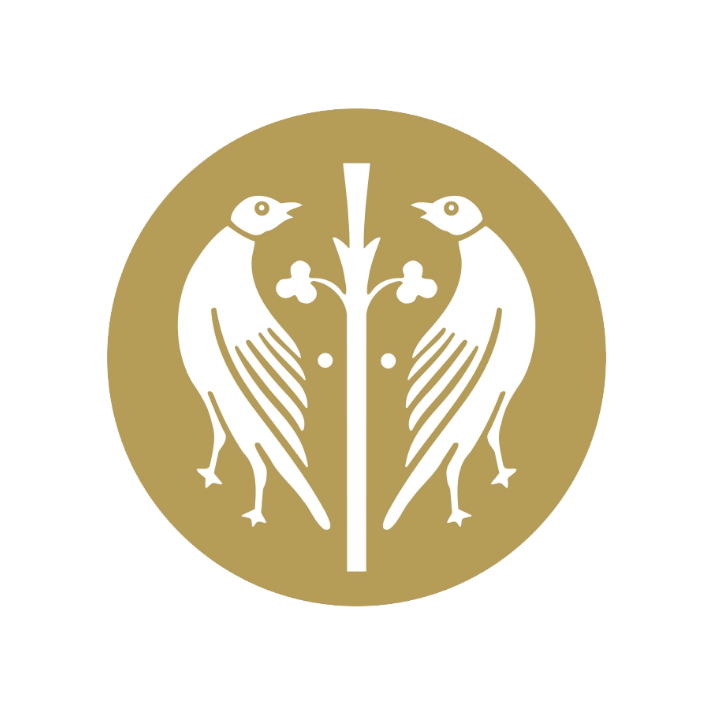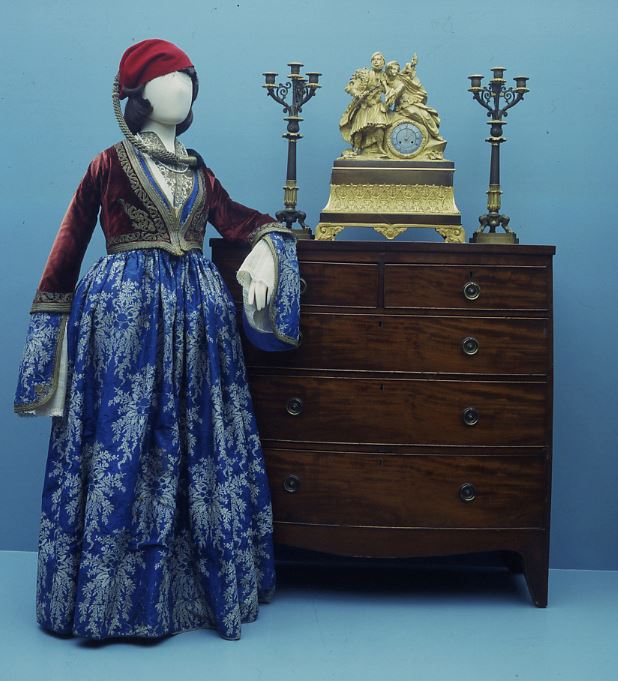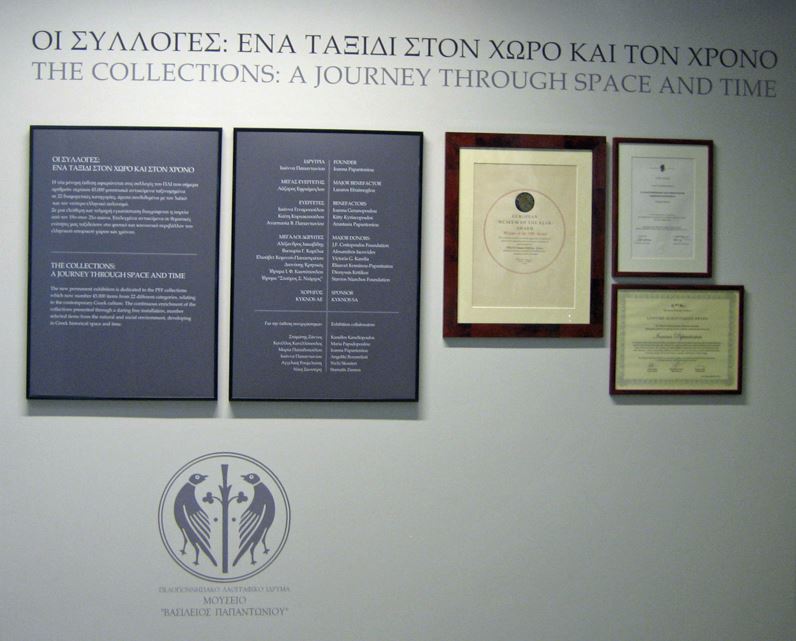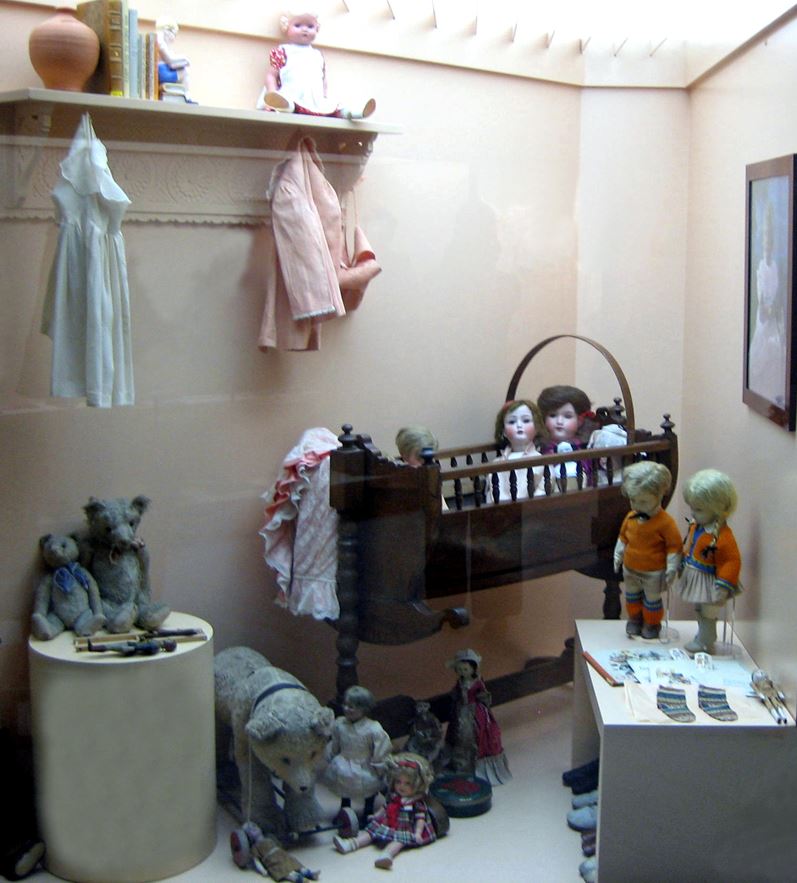The Ethnological Museum of Nafplion has been housed in a restored and suitably modified neoclassical building of the early 20th century, located on 1, V. Alexandrou and Sofroni street, in Nafplion.
The first exhibition held in 1974, was dedicated to Peloponnesian rural and urban costumes.
In 1981, it was developed the ground floor to accommodate the exhibition on natural textiles in Greece: production, processing and the application thereof in local clothing and domestic use, as regards arts and crafts, etc., covering the period from 1835 to 1945. The exhibition sections were concerning cotton, flax, hemp, esparto, silk, wool, goatswool, distaff, wool spinning and yarn dyeing, textile strips, loom dressing and various types of looms, fulling mills and mantania, dyeing, sewing, marriage and dowry, embroidery, aprons, knitting, laces and stamped embroidery patterns.
In 1986, the 1st floor was renovated for exhibition halls, gift shop and auxiliary premises accommodate the "Greek Costumes" exhibition as set in over the last 150 years in Greece. In 1999, on 11th August, on the occasion of celebrating the 25 year-operation of the Basil Papantoniou Foundation in conjunction with the advent of the new millennium. On the 1st and 2nd floor of the Ethnographic Museum was accommodated the "Best of PFF" exhibition with a view to presenting the range and diversity of museum collections numbered 25.000 items out of 22 different categories.
Since 2006, in the already redeveloped inward-looking building, was held the exhibition on "The Greek Town: Nafplion 1822-1922".
The new permanent exhibition "The collections: travelling through space and time" is dedicated to the Foundation's collections. We are travelling along the physical and social environment of the Greek historical space and time through selected objects exposed per thematic sections.
On the ground floor is operating the Museum shop where are available the publications of BPF (books, records, posters, cards) and giftware.










